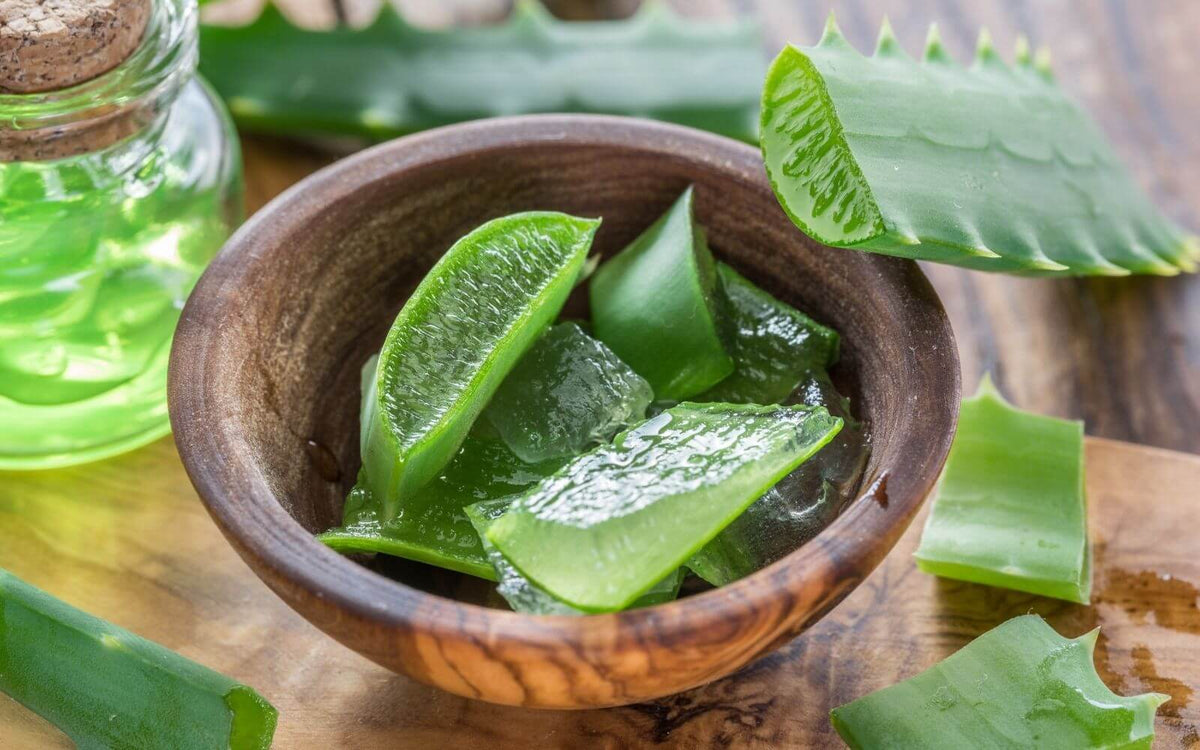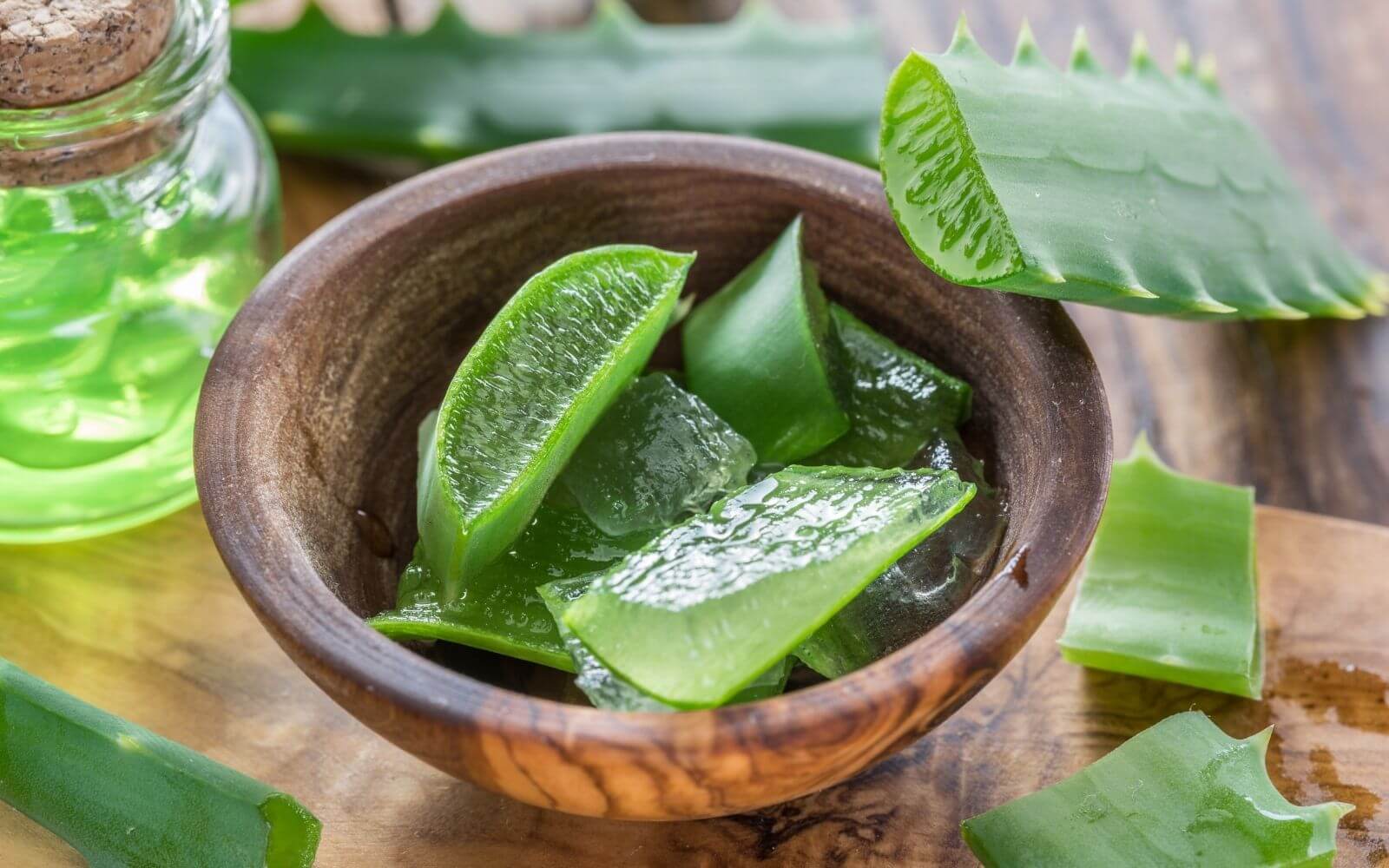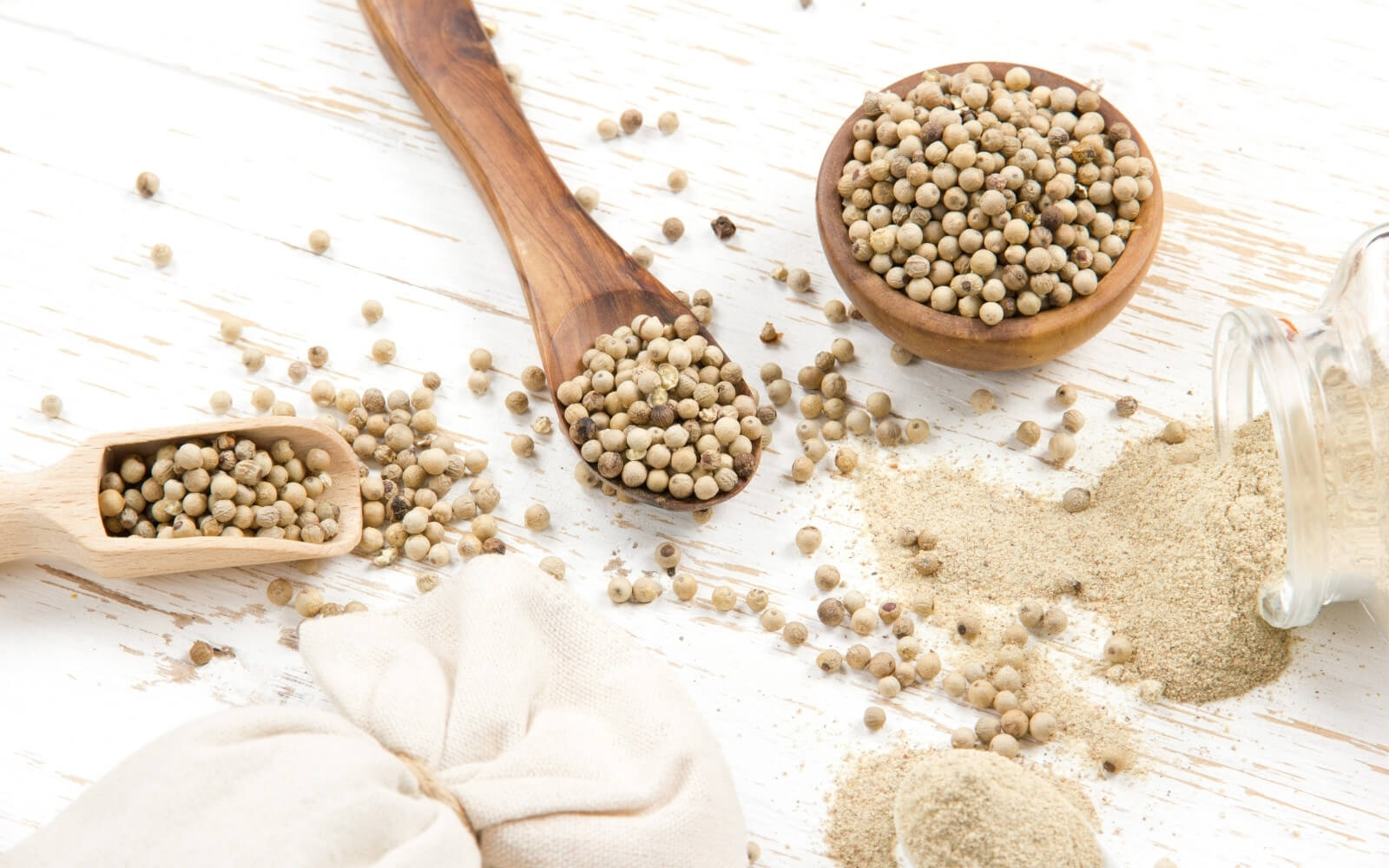Slippery Elm Bark Benefits, Side Effects & Dosage

Slippery Elm Bark Benefits, Side Effects & Dosage
Slippery elm is a tree native to Ontario, Canada as well as the central and eastern parts of the United States. It is perhaps most well-known for its massive height and dark brown bark. Interestingly, Native Americans would peel its inner bark and use it to treat fevers, stomach ailments, wounds, sore throats, and more. In this article we discuss the benefits, side effects, and dosage of slippery elm bark.
What is Slippery Elm?
Slippery elm (Ulmus rubra), more specifically the inner bark of the tree, has been used for hundreds of years for therapeutic purposes. It is native to Ontario, Canada and certain parts of the United States. Slippery elm has been used to help soothe and treat a number of different symptoms and conditions.
Slippery Elm Bark Benefits
From soothing a sore throat to relieving symptoms of IBS (inflammatory bowel disease) there are a few different uses of slippery elm.
1. May Reduce Symptoms of IBS
Slippery elm bark is a demulcent. Demulcents are often referred to as mucoprotective agents and can soothe the lining of the stomach and intestines. This may reduce irritation.
Recent research suggests that slippery elm bark may help treat the symptoms of various inflammatory bowel diseases like ulcerative colitis and irritable bowel syndrome (IBS). Furthermore, a clinical study found that slippery elm had an antioxidant effect on those suffering from Crohn's disease.
2. Can Soothe A Sore Throat and Cough
Slippery elm contains mucilage—mucilage is a combination of sticky-like sugars that can't be broken down by the digestive system. The mucilage (safely) coats the throat which can reduce irritation. This is one of the reasons slippery elm is so popular among throat lozenge brands.
One study on slippery elm bark found that those who used it to reduce throat inflammation benefited greatly and experienced significant soothing effects.
3. May Help Treat Occasional Heartburn
Slippery elm bark may be able to help treat occasional heartburn and gestroesophageal reflux disease (GERD). GERB is a chronic disease that occurs when stomach acid comes back up into the esophagus and irritates the lining.
Slippery elm may help prevent the irritation and inflammation of the esophagus when stomach acid comes back up.
4. Can Decrease Irritation of the Urinary Tract
Slippery elm bark powder is believed to soothe the lining of the urinary tract. For this reason, it may be recommended to those who experience both inflammation and irritation of the urinary tract.
Better yet, it also helps to increase the flow of urine and eliminate waste from the body.
How To Use
The inner bark of slippery elm can be broken down into a few different forms. This includes:
- Capsules
- Powder
- Lozenges
- Oils
- Teas and extracts

Slippery Elm Bark Side Effects
Slippery elm is safe, nontoxic, and widely available online and in most grocery stores. Due to its mucilage content, it may absorb and decrease the effectiveness of your medication so it is best to consult with your physician if you are taking any prescriptions.
Slippery Elm Dosage
The recommended dosage of slippery elm ranges from 50 mg taken once daily in capsule or tablet form to over 3 grams when consumed as a raw powder.
Slippery Elm Bark Supplement
Clean Gut™ is the all-in-one digestive health supplement that soothes, strengthens, and protects your intestinal tract and gut. It’s formulated with 200 mg of slippery elm bark and 5 all-natural superfoods that work together to fortify your gut lining.

You can shop Clean Gut here.
Overall
Slippery elm is a tree native to Ontario, Canada as well as the central and eastern parts of the United States and has been used to help soothe and treat a number of different symptoms and conditions including:
- Irritable bowel syndrome
- Heartburn
- UTI's
Slippery elm is safe, nontoxic, and widely available in most grocery stores. The recommended dosage of slippery elm ranges from 50 mg as a capsule to over 3 grams when consumed as a raw powder.
Leave a comment
Comments will be approved before showing up.
Also in Ingredients

Licorice Root: Benefits, Side Effects & Dosage

8 Benefits of Aloe Vera










